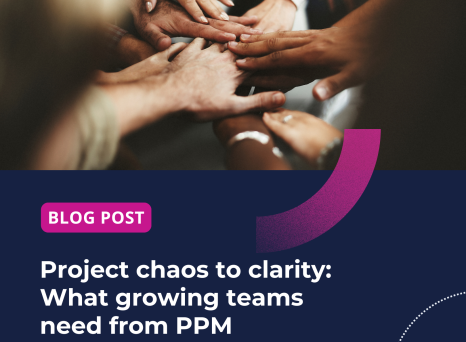We've all been there.
Fuming at a colleague who just won't back down or come to a compromise.
But maybe that tension isn't that bad after all. In fact, maybe we should search for a few more of these conflict situations to get results that shatter the norms and force us to rethink our entire process.
When conflict escalates, many companies see it as the job of HR to step in and bring all parties to a manageable resolution. Some employees love the fiery debates, others stay silent but where do we find the happy balance often known as healthy conflict? And how do we adapt our behavior for different personality types and seniority levels? This link roundup will guide you from the initial awareness of how to know when the conflict has gone too far, to experimenting with tested strategies to resolve and reinforce relationships with colleagues.
Recognizing Healthy Conflict
- Mike Griffiths gives us 5 tools for conflict resolution in this in-depth guide, which fleshes out the levels of conflict and the keywords that signify you may have gone over the line from healthy to unhealthy conflict. His take-home message is that knowing when to let it go and when to step in is half the battle (read time 10 mins).
- To improve your conflict resolution competencies you must understand what type of conflict your team is engaged in. Some teams drown each other out with aggressive hostility in meetings while other organizations hold back their true thoughts and engage in what Julie Whitney refers to as "f*ck muttering" after the meeting - expressing their real feelings in whispers behind closed doors. Both are destructive to better decision-making (watch time 21 mins).
Conflict is a fire. But whether it's going to warm your team's performance or burn it to the ground depends on how you approach it.
- Julie Whitney
You've got to look at conflict as a constant learning process where different situations require unique adaptions and a capacity to keep your cool when the devil on your shoulder is telling you to attack. This initial awareness will give you a solid indication of the boundaries of engagement in conflict. But when you do need to put the foot on the gas, how do you follow through on these often heated debates and why?
Why We Need Conflict
- Many of us don't like confrontational, heated conversations anyways, so are there any benefits to this often negatively viewed practice? In his book "Think Again" Adam Grant illustrates the why behind conflict with a term he calls a challenge network. Using Brad Bird's success with "The Incredibles" as a case study, we learn how the ideal members of a challenge network are disagreeable and skeptical. We also get a reality check on how we commonly hold back our views in favor of the HIPPO - the Highest Paid Person's Opinion (read time 8 mins).
We learn more from people who challenge our thought process than those who affirm our conclusions.
- Adam Grant
- The importance of diversity and disagreements is echoed by Shane Snow in his article on how to debate ideas productively at work. "Nice" conversations do not lead to breakthrough solutions, therefore Snow gives us four general rules to stick by to ensure your debates don't turn into the unhealthy conflict we talked about earlier (read time 7 mins).
To be successful, the reasoning behind conflict and the ground rules to engage in it must be backed and promoted 100% by leaders. Everyone should know where they stand in a debate and the fine line between a healthy argument and personal attacks. However, there are still some instances where no unwritten rules or awareness of conflict resolution can save you. Sometimes you need a step-by-step strategy to reach an agreeable solution.
The Special Cases
- When somebody creates unnecessary conflict for attention or power, the number one solution can often be to stay as far away from the person as possible. But sometimes, you can't distance yourself from these "Conflict Entrepreneurs" as Amanda Ripley calls them. In these cases, Ripley recommends four steps including spending more time with them and building guardrails (i.e rules of engagement) read time 8 mins.
- Another special case is how to disagree with someone more powerful than you (read time 10 mins). Although agreeing feels easier, it's often not the best decision to make. Amy Gallo encourages us to weigh the risks, identify shared goals, acknowledge their authority, and most importantly stay calm. A lack of conviction due to anxiety sends a mixed message, and your counterpart gets to choose what to read (read time 7 mins).
- The final situation that requires specific strategy is how to make your enemies your allies. Rivalries can form through fierce competition for promotions and sometimes, the emotional element leaves these relationships reversible. Applying a method called the 3Rs, (Redirection, Reciprocity and Rationality) can help an effective leader turn a rival into a collaborator (read time 12 mins).
So the main message we want to reinforce is that we do not aim for no conflict, rather we shoot for healthy conflict where ideas are challenged and outcomes are a collaborative effort. Striking that balance can be difficult but once the ground rules are set, people will no longer disagree for argument's sake, they will disagree because they care.

